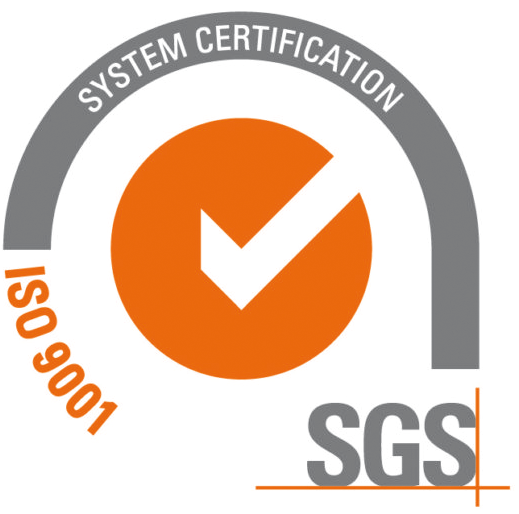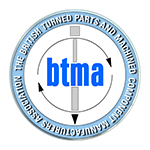Robotic Welding Explained
What is Robotic Welding?
Robotic welding is the use of robotic arms and automation to carry out welding tasks. Robots can handle high volumes and repetitive tasks with more precision and consistency than human welders.
Top 5 Benefits
There are significant advantages to metal fabricators over relying solely on manual welding methods. Implementing robot welding can dramatically transform manufacturing operations in the following ways:
Higher Output Rates
Robotic welders deliver faster cycle times and 24/7 operation, exponentially increasing the volume of parts a factory can produce. Less down-time also improves production scheduling.
Enhanced Quality
Robots perform extremely uniform welds to strict parameters for improved joint integrity and fewer errors needing re-work. Automated quality data collection also aids defect prevention.
Reduced Labour Costs
While requiring some technician oversight, it slashes direct welding labour expenses and downtime costs relative to manual approaches.
More Flexibility
Modern robotic welding cells adapt to handle quick product changes, allowing economic production of customised or small batch parts.
Greater Safety
Automating dangerous welding tasks leads to fewer worker accidents. The use of its enclosures also protects nearby employees from fumes and sparks.
Robotic versus Manual Welding
While robotic welding offers advantages in consistency, manual welding remains essential for prototyping, small batch manufacturing, and handling complex parts. Human judgment also still plays a role in monitoring the quality of automated welding operations. When considering automated vs manual welding, as manufacturers we balance production needs with part complexity, quality requirements, and production volumes.
What Industries use Automated Welding?
Efficiency, consistency, and safety have made automated the preferred welding method for high production operations across a range of industries. Some of the key sectors using this process in manufacturing include:
Automotive
Automotive manufacturing relies heavily on robotic MIG welding for car bodies, chassis, powertrains, and other automotive components in high-volume vehicle assembly plants. Self-driving welders meet the production demands of auto manufacturing.
Aerospace
In today’s Aerospace sector, it’s indispensable in fabricating aircraft components. Self-driving MIG, TIG and spot welding robots enable airframe assembly lines to improve both speed and precision. Automated robotic arms also execute thousands of exactly repeatable, highly reliable welds on wings, fuselages, bulkheads and control surfaces. Weld integrity is paramount, with many joints difficult to access manually. Automating aerospace welding unlocks cleaner, more dimensionally accurate welds faster to meet accelerating global demand for air travel while upholding safety standards through improved quality assurance.
Defence
It helps accelerate manufacturing and enhance quality for critical components like armour, vehicles, aircraft, vessels, and weapons systems. Self-driving welding automation assists with fabricating hulls, turrets, and panels needing extensive welds to meet structural integrity standards. Defence contractors balance this technique for efficient high-volume fabrication with manual techniques still used for prototyping, mission-critical joints, repairs, and small-batch builds. Like other industries, its use allows defence manufacturing to concentrate highly-trained human talent on intricate tasks still requiring a human specialist’s discretion and adaptability.
Construction
Using common methods like MIG and TIG welding brings transformative potential to structural steel fabrication for construction. Robotic MIG welding’s speed suits high-demand structural components that underpin most ground-up builds.
For complex or artistic architectural elements needing watertight, blemish-free welds, robotic TIG welding excels. It also serves well for solid-state bonded curtain wall panels and stainless steel fixtures requiring exceptional weld integrity. Combining high-speed robotic MIG welding for standard structural framing with automated precision TIG welding for customised finishes and fixtures gives steel fabricators maximum quality and efficiency.
By handling large-scale repetitive tasks while also mastering detailed welding challenges, MIG and TIG robotic welding systems let construction manufacturers accelerate production without compromising quality or customisation.
Supporting you with your Welding Projects
If you have a production welding project that could utilise our welding capabilities get in touch and we will be glad to assist you.







